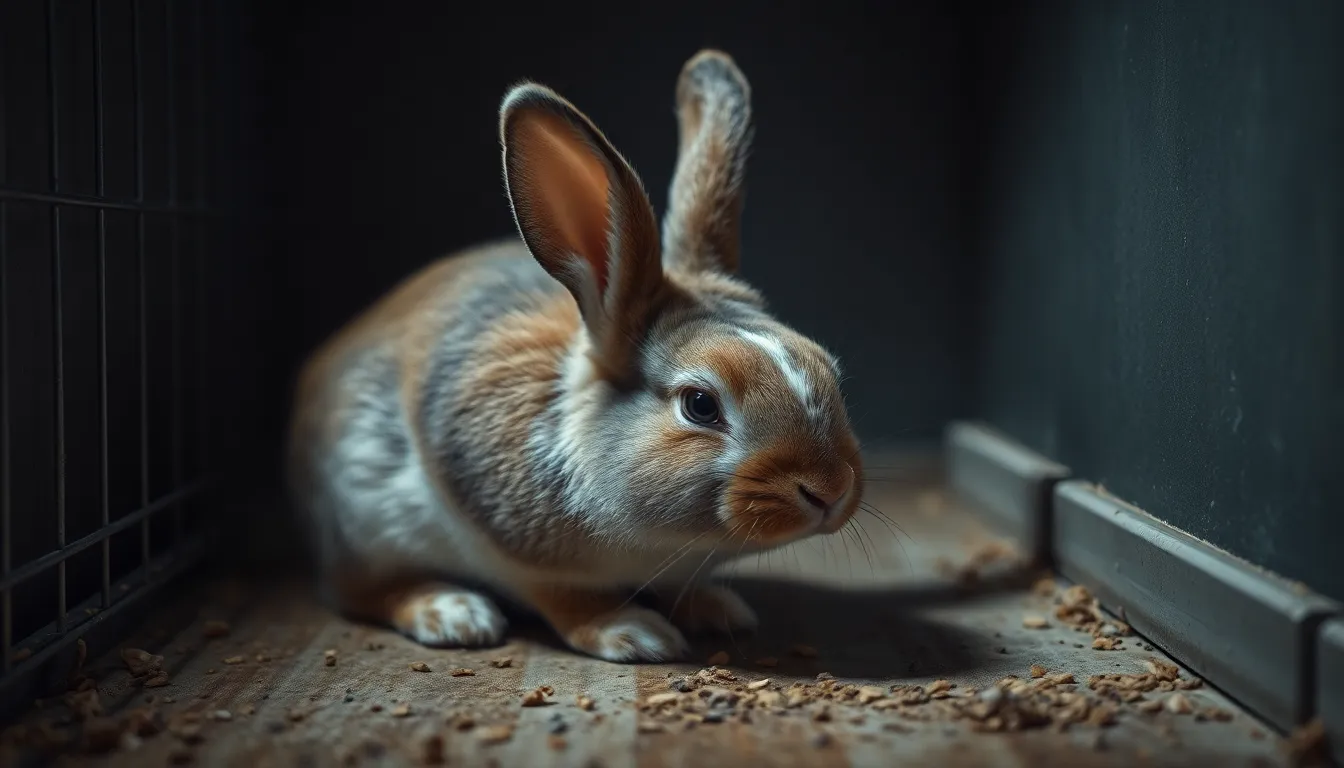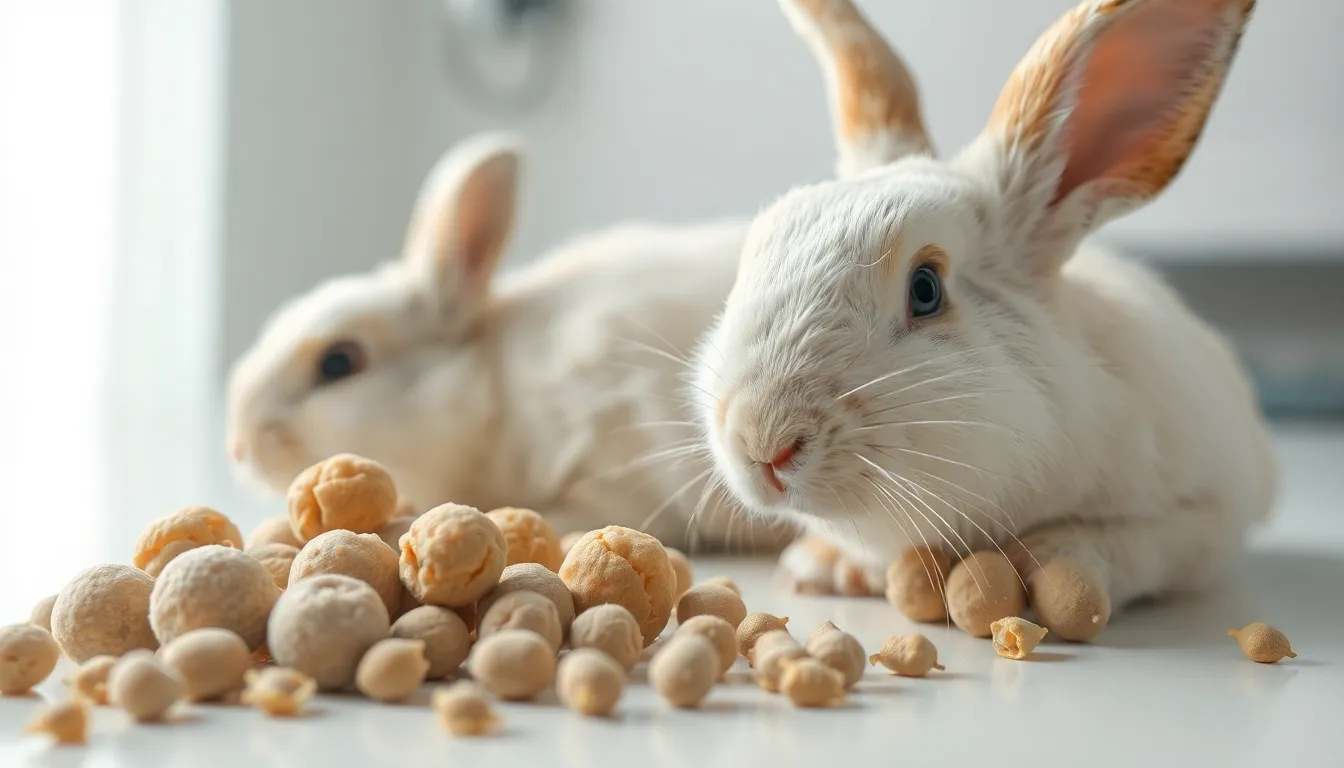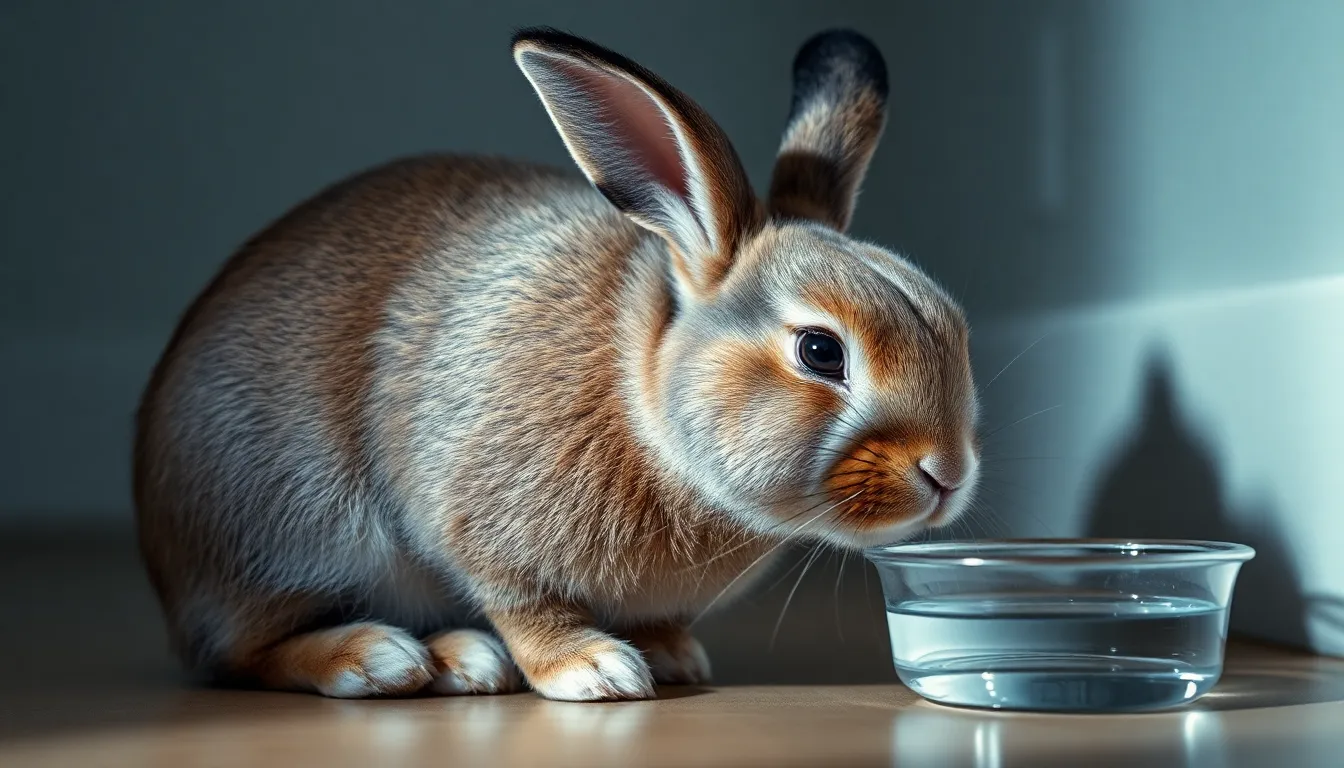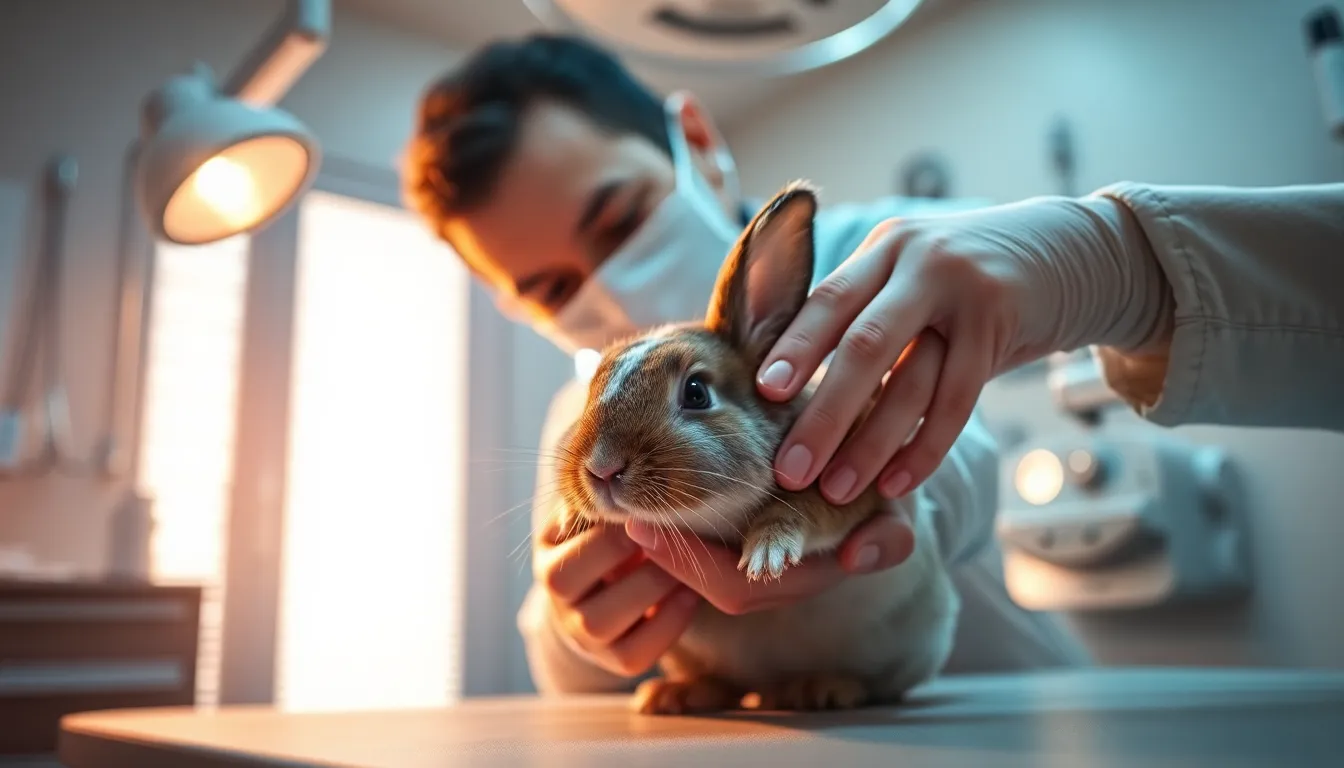Recognizing the subtle signs of stasis in rabbits is crucial, as this gastrointestinal condition demands immediate and vigilant attention due to its rapid progression. From complete anorexia to the absence of fecal pellets, early detection significantly impacts survival rates and prevents severe, life-threatening complications.
Key Implications:
- Immediate Veterinary Intervention: GI stasis is a rapidly progressing condition, with over 50% mortality within 48 hours if untreated, while treatment initiated within 12 hours yields 30-40% higher survival rates and 85-90% full recovery.
- Early Behavioral and Postural Changes: Initial indicators of discomfort include decreased mobility (70-80%) and characteristic hunched or stretched postures (60-75%), signaling pain and necessitating prompt observation.
- Anorexia and Hydration Status: Complete cessation of eating affects over 95% of diagnosed cases, coupled with decreased drinking in 50-60% of rabbits, leading to critical dehydration and metabolic distress.
- Fecal Output Abnormalities: Compromised gut motility is evidenced by the complete absence of fecal pellets (80-90% in moderate to severe stasis) or early changes like smaller, misshapen, or hair/mucus-linked droppings (60-70% in early stasis).
- Physical Pain Manifestations: Beyond appetite loss, physical pain indicators such as bruxism (40-50% in severe cases), abdominal bloating (30-45%), and increased abdominal sensitivity (50-65%) are vital for comprehensive symptom assessment.

Your Rabbit’s Stillness and Silence: The 95% Anorexia Alert
A sudden shift in your rabbit’s behavior demands immediate attention. GI stasis is critical. Urgent signs: dramatic inactivity, posture changes, and complete cessation of eating. This stillness precedes severe symptoms, demanding prompt vigilance. Approximately 70-80% show decreased mobility; around 60-75% adopt a hunched or stretched posture, indicating discomfort. Their body language signals pain. Recognizing these early indicators is vital. Petall.net offers insights.
Critical Intervention Indicators
Cessation of eating is most alarming. Over 95% of diagnosed GI stasis cases exhibit complete anorexia. Rabbits stop consuming food and water. Lack of intake rapidly leads to dehydration, exacerbating stasis. Prompt veterinary intervention is non-negotiable. Observe these for immediate action:
- Inactivity: Less movement, quietness.
- Altered Posture: Hunched/stretched distress signal.
- Anorexia: Complete stop eating/drinking.
Understanding these ensures timely support. Discover animal health, pet moments, and pet journeys. Explore featured pets.

Fecal Fading: When Poops Stop (80-90% of Cases) or Change
Rabbit digestive health is paramount. A primary sign of digestive slowdown, gastrointestinal (GI) stasis, is the absence of fecal pellets. This often follows a period where pellets appear smaller, misshapen, or strung together with hair or mucus. Such changes directly reflect compromised gut motility, reflecting poor gut function.
Subtle Shifts: Early Pellet Abnormalities
Observing your rabbit’s droppings offers early warnings. Before pellets completely disappear, look for these key indicators:
- Pellets are noticeably smaller than normal.
- They appear irregular or misshapen.
- Pellets are linked by hair or mucus strands.
Approximately 60-70% of rabbits in early or mild stasis cases show these abnormal pellets. Recognizing these subtle signs allows for prompt action, averting severe issues.
Complete Absence: A Critical Indicator
The complete cessation of fecal pellet production is an urgent alarm. This signifies a severe digestive standstill. In moderate to severe stasis, approximately 80-90% of rabbits will completely stop producing fecal matter. Immediate veterinary attention is vital upon noticing this critical symptom. Timely care improves prognosis. Discover more essential pet care advice at Petall’s pet health resources.

Beyond Hunger: Pain, Bloating, and 50% Less Water Intake
GI stasis in rabbits shows direct physical pain signs, beyond just appetite changes. Early, swift recognition is vital; the condition worsens rapidly.
Recognizing Key Physical Indicators
For your rabbit’s health, monitoring these critical, pain-indicating symptoms is essential:
- Bruxism (teeth grinding): Seen in 40-50% of severe cases; signals intense pain.
- Abdominal bloating: Affects 30-45%; indicates gas accumulation.
- Increased abdominal sensitivity: Present in 50-65%; makes belly touch painful.
- Decreased drinking: Noted in 50-60%; worsens dehydration.
Timely recognition of these symptoms facilitates prompt veterinary care. Find more pet care insights.

The 12-Hour Critical Window: A 30-40% Higher Survival Rate with Rapid Vet Care
Gastrointestinal stasis in rabbits progresses rapidly. Conditions deteriorate significantly within 12-24 hours. Immediate veterinary intervention is essential. Untreated, mortality exceeds 50% within 48 hours. Prompt action dramatically increases survival.
Benefits of Rapid Treatment
Professional care within the first 12 hours vastly improves outcomes. Studies confirm clear advantages:
- Treatment within 6-12 hours yields 30-40% higher survival rates.
- 85-90% of cases achieve full recovery with care started within 12 hours.
Suspect stasis? Do not delay. Rapid diagnosis and treatment are paramount for recovery. Find more pet insights on Petall.net.
Featured image generated using Flux AI
Source
House Rabbit Society: Gastrointestinal Stasis: The Silent Killer
Merck Veterinary Manual: Gastrointestinal Disorders of Rabbits
Veterinary Clinics of North America: Exotic Animal Practice: Rabbit Gastrointestinal Disease
American Ferret and Rabbit Society: Understanding Rabbit GI Stasis
